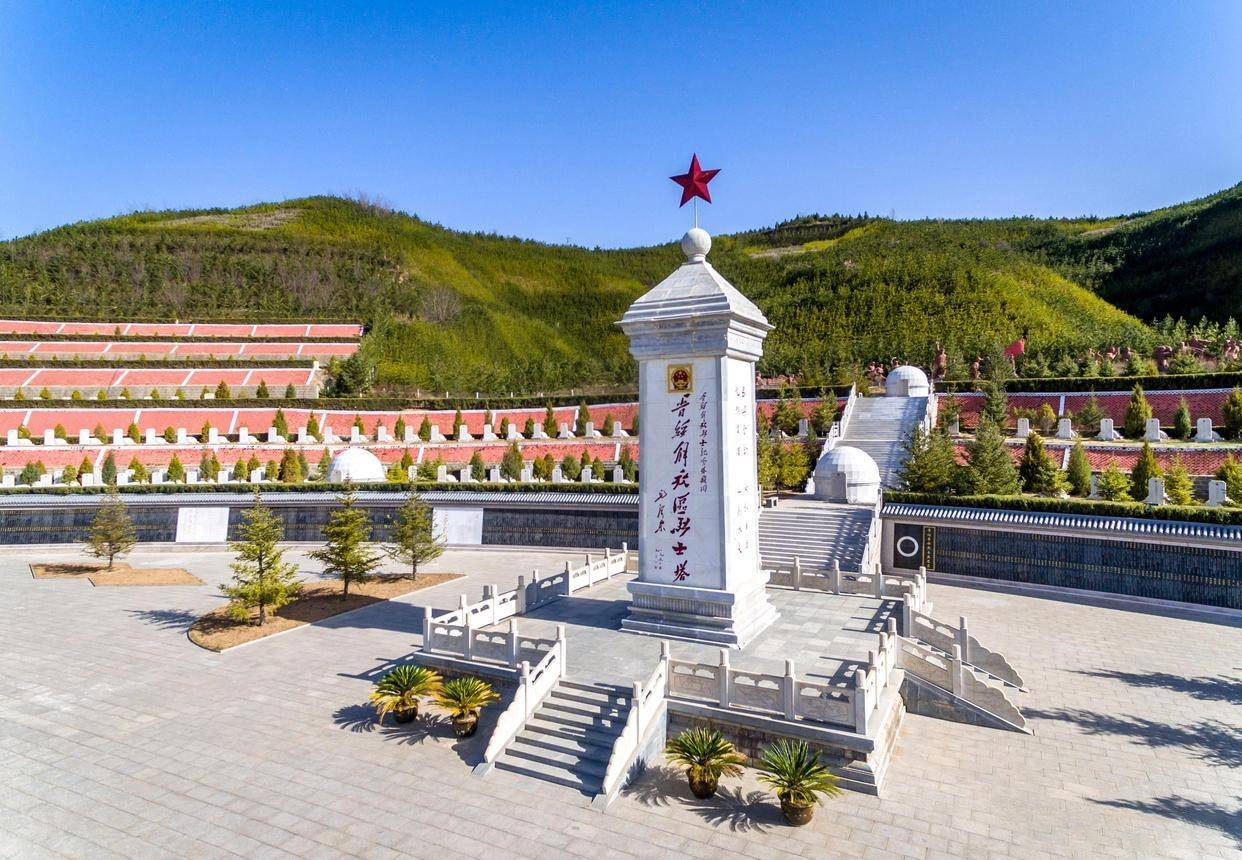晋城山西*项目:推动地方经济发展
近年来,我国在*方面取得了显著成就,但要巩固和拓展这些成果,继续推动*,以推动地方经济发展为主题。在山西省,巩固拓展*成果,守住不发生规模性返贫底线,成为推动*的底线任务。在这个过程中,加强防止返贫监测帮扶,持续增强内生发展动力,积极拓展增收致富渠道是至关重要的。
一方面,加强防止返贫监测帮扶非常关键。运用多种方式进行监测,及时发现存在返贫风险的农户,并根据具体情况制定针对性帮扶措施。对有劳动能力的农户落实开发式帮扶,没有劳动能力的农户做好兜底保障,以及对存在饮水*问题、因灾因意外事故返贫风险的农户及时解决问题,这些都是确保不发生规模性返贫的重要举措。
另一方面,持续增强内生发展动力也是非常重要的。实施产业帮扶带动工程,分类推进帮扶产业发展,激发*群众依靠自身力量发展的动力。另外,持续抓好就地就近就业和有组织劳务输出,深入推进防止返贫就业攻坚行动,支持就业帮扶车间健康发展,这些措施将有效提升*群众的收入水平,从根本上避免返贫现象再次发生。
此外,积极拓展增收致富渠道也是推动*的重要举措之一。发展特色产业,吸纳更多*群众,提高务工就业收入;*农村集体产权、土地承包经营权等资产,增加财产性收入,这些都能帮助农民群众增加收入来源,提高生活水平,进而促进地方经济发展。
另外,乡村治理现代化也是实现*的重要保障。深化自治法治德治,强化乡村治理能力建设,推进平安乡村建设,不断提升农民群众的获得感、幸福感、*感,这些举措将为*提供有力支撑。
总的来说,推动地方经济发展需要巩固拓展*成果,守牢不发生规模性返贫底线。在推进*的过程中,加强防止返贫监测帮扶,持续增强内生发展动力,积极拓展增收致富渠道,同时深化乡村治理现代化,这些举措将为山西*项目的成功推动地方经济发展提供有力支撑。相信在各级政府和广大农民群众的共同努力下,山西*项目一定会取得更加显著的成就,为推动地方经济发展做出积极贡献。【文章结束】
In recent years, China has made remarkable achievements in poverty alleviation, but to consolidate and expand these results and continue to promote rural revitalization is the theme of driving local economic development. In Shanxi Province, consolidating and expanding the results of poverty alleviation, and ensuring that there is no large-scale return to poverty, has become the bottom line task of promoting rural revitalization. In this process, it is crucial to strengthen measures to prevent a return to poverty, enhance internal development dynamics, and actively explore avenues to increase income and wealth.
On one hand, strengthening measures to prevent a return to poverty is critical. By using various methods for monitoring, potential risks for a return to poverty can be promptly identified, and targeted assistance measures can be developed accordingly. Providing targeted support for households with labor capabilities, ensuring basic security for those without labor capabilities, and addressing issues related to water safety, natural disasters, and accidents promptly are all important measures to prevent large-scale returns to poverty.
On the other hand, continuously enhancing internal development dynamics is also crucial. Implementing industry-assisted development projects, promoting the development of specific industries, and stimulating the self-reliance of poverty alleviation recipients are essential. Additionally, efforts to support local employment, promoting organized labor exports, and enhancing the development of employment assistance workshops are crucial actions to improve income levels and prevent a return to poverty.
Furthermore, actively expanding avenues to increase income and wealth is essential for promoting rural revitalization. Developing specialty industries, attracting more impoverished individuals, and raising income from employment are key to improving living standards and boosting local economic development.
Moreover, modernizing rural governance is essential for achieving rural revitalization. Strengthening autonomous practices, enhancing rural governance capabilities, and advancing the construction of safe rural communities will contribute significantly to increasing the well-being and safety of rural residents, which in turn will support the revitalization of rural areas.
In conclusion, driving local economic development requires the consolidation and expansion of achievements in poverty alleviation and the prevention of large-scale returns to poverty. Through strengthening measures to prevent a return to poverty, enhancing internal development dynamics, actively exploring ways to increase income and wealth, and deepening the modernization of rural governance, Shanxi's rural revitalization project will receive strong support for promoting local economic development. With the joint efforts of governments at all levels and rural residents, the Shanxi rural revitalization project is bound to achieve even greater success and make significant contributions to driving local economic development.





 推进山西乡村振兴,共谋晋城发展大
推进山西乡村振兴,共谋晋城发展大
 晋城智慧养老:引领专业智能化养老
晋城智慧养老:引领专业智能化养老
 山西晋城宸咏康养服务:为健康老龄
山西晋城宸咏康养服务:为健康老龄



 宸咏专业技术助您实现健康梦想
宸咏专业技术助您实现健康梦想 山西晋城红色宸咏新生活:创新方式
山西晋城红色宸咏新生活:创新方式 山西晋城红色旅游:深耕之旅,畅游
山西晋城红色旅游:深耕之旅,畅游







